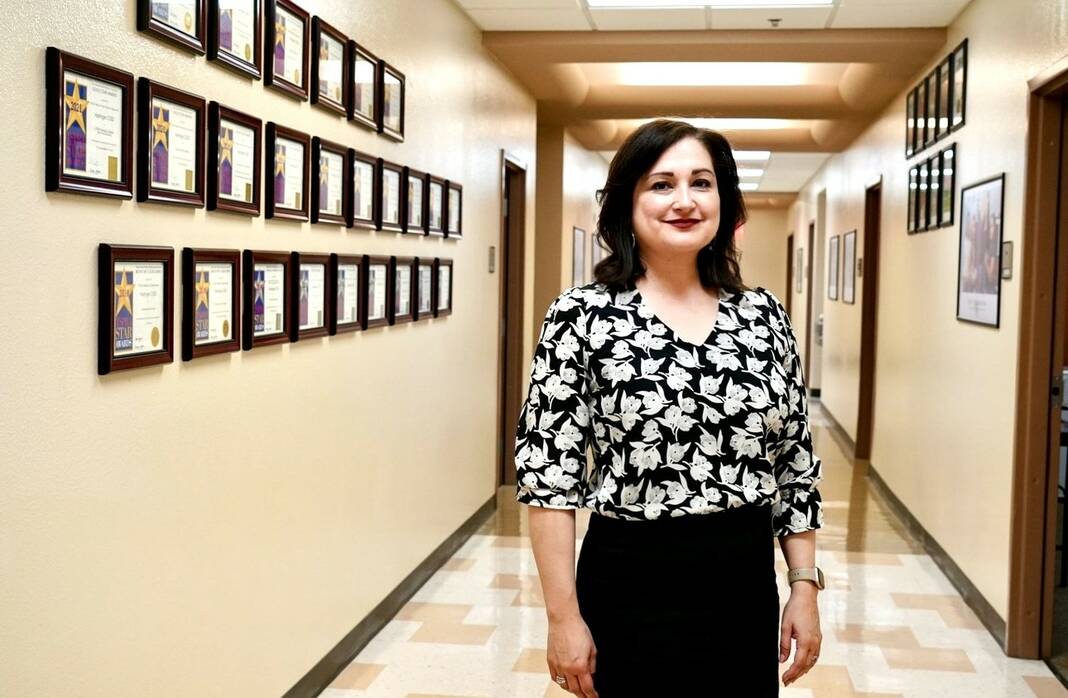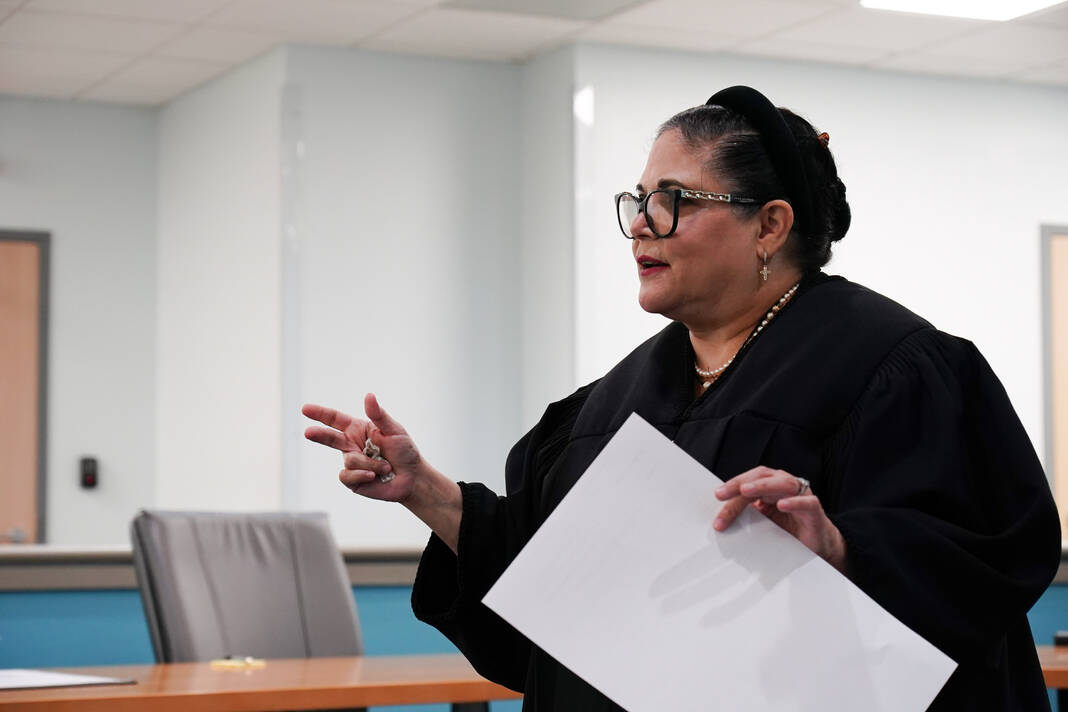|
Only have a minute? Listen instead
Getting your Trinity Audio player ready...
|
HARLINGEN — She looks away.
She’s withdrawn, distracted, and her grades are falling.
He drags in with his shoes untied, scratches on his legs, hungry and unbathed.
They’re angry, rebellious, and getting in fights.
The problem of child abuse and the many levels of abuse and its causes and consequences and the power of healing is the focus of National Child Abuse Prevention Month in April. This initiative by Prevent Child Abuse America and its national network of state chapters embraces the theme this year “Building a Hopeful Future, Together,” says the organization’s website.
The Valley’s child advocates are spending this month bringing attention to the realities of child abuse, but in reality they do this every day of the year. Blue Sunday Child Abuse Prevention, the Texas Department of Family and Protective Service, CASA (Court Appointment Special Advocates), Valley Haven Inc., the Children’s Bereavement Center, and so many others all work together to support children in need.
School counselors face this problem on the front lines every day.

“Child Abuse Prevention Month is very important to spread awareness to our family and community regarding our students and ensuring their safety, ensuring that we are able to provide resources that are needed,” said Sylvia Gamboa, director of guidance and counseling at the Harlingen Consolidated Independent School District.
“There are a lot of children that are affected by child abuse so we really want to make sure that we are ensuring that safety and that awareness to protect our children,” she said.
Counselors in the district know what to look for, she said.
“We know that there are the physical signs that we can see, things like bruising and things of that nature,” Gamboa said. “But, it’s very important to also understand that there are signs that are not visible to the eye.”
Those signs, she said, may be sudden changes in sleep or eating habits.
“If they become withdrawn or isolated, any change in behavior with our children can be a sign of child abuse, anxiety or depression,” she said. “So, it’s very important to be aware of those signs so we can work with our kids and make sure that we are protecting them.”
The signs of abuse are many, and 484th state District Judge Adela Kowalski-Garza has seen them many times.

“I have runaways, and I know the routine and the narrative,” she said. “She’s rebellious and runs away. But to me there’s a reason why they run away. So I ask, why do you runaway? And sometimes I see reluctance in answering or just shrugging their shoulders.”
Behaviors of sexual abuse victims are especially painful. They use drugs to numb the pain of anxiety and depression, for one thing.
“I have a lot of runaways, substance abuse, promiscuity,” she said. “Substance abuse, running away, low grades, low self-esteem, yes. That type of behavior is common among children that have been sexually abused.”
Gamboa said abuse is categorized in four ways.
“There’s the physical abuse, hitting, kicking, burning, shaking,” she said. “There’s also sexual abuse. There is emotional abuse.”
Emotional abuse can often be harder to address because many times fathers and mothers work hard to attend the needs of their kids in every manner but they’re unaware that yelling and name calling can inflict serious harm.

“A lot of times people may not be aware of how strong their words are,” Gamboa said. “Sometimes students are very fragile and the way they respond to certain words or yelling can really affect their emotional well-being.”
Another misunderstood form of child abuse is neglect. Traditionally when people heard the term abuse they immediately pictured slapping, kicking, punching, or sexually assaulting someone.
Often, however, the absence of something hurts as much or perhaps more than the presence of it. Such is the case with neglect.
“What that can look like is just not providing children with food and water and nutrition and everything they need to physically survive,” Gamboa said. “Neglect also includes not providing a child with medical care if needed and also mental health care. If a child is struggling with anxiety or depressions and they have outcries, and there is no care or resources provided to that child, then that is also considered neglect.”
The problem of child abuse is never ending and tragic. The survivals and triumphs over such hideous experiences are powerful and inspiring. The hope offered by communities of people and organizations such as Sunny Glen and Blue Sunday Child Abuse Prevention and networks of churches offer candles of optimism for any child enduring the unimaginable and hoping for a miracle.




